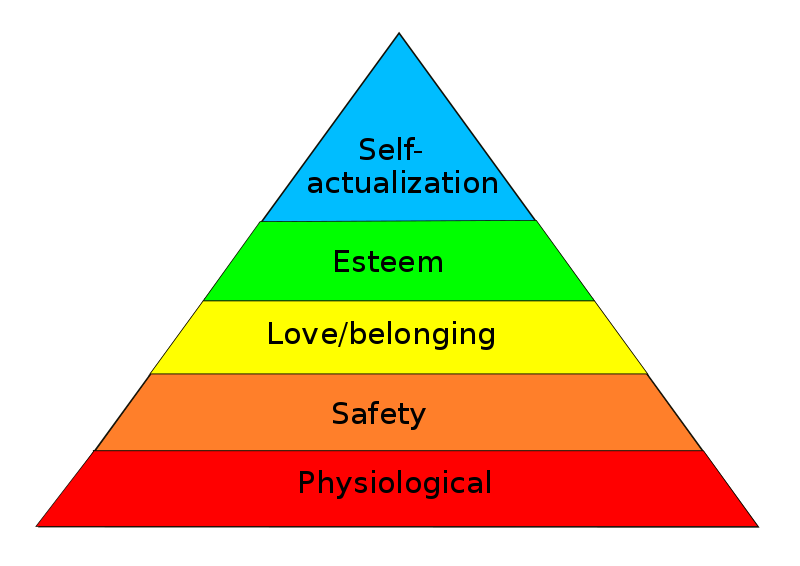The glossy page of an in-flight magazine shows an ad of a woman running while clutching a sleek new mobile phone.
Several passersby turn to watch her run past.
The ad reads “Turning heads with America’s Slimmest Phone!”
Does this ad appeal to you?
Would it appeal generally to the people of your culture?
While it’s not uncommon to encounter advertisements promising to elevate a consumer’s status and leave a lasting impression on others, the role of culture in shaping the resonance of such appeals cannot be understated.
The degree to which such advertisements motivate consumers may vary depending on the cultural context.
This study set out to explore the influence of culture on the use of persuasive appeals highlighting the allure of status benefits and various other advantages.
The Study’s Hypotheses
The study’s hypotheses stem from a nuanced consideration of cultural distinctions, particularly the contrast between horizontal cultures, which value equality, and vertical cultures, which emphasize hierarchical structures.
The researchers argued that this cultural distinction offers a unique lens through which to make predictions, revealing insights not traditionally associated with broader cross-cultural differentiations between individualism and collectivism.
The delineation between vertical cultures and horizontal cultures offers a fresh perspective on the prevalence and content of advertising appeals.
The Study
Through a comprehensive content analysis encompassing 1,211 magazine advertisements across five diverse countries (Denmark, Korea, Poland, Russia, and the United States), researchers uncovered distinct patterns in ad content that underscore the significance of this cultural distinction.
In their in-depth examination, they delved into these ad content patterns and their implications.
They undertook a comparative analysis, pitting the predictions derived from the vertical/horizontal cultural distinction against those derived from the broader individualism-collectivism framework, ultimately subjecting these predictions to empirical testing.
Notably, the analysis revealed variations in the emphasis on status benefits and uniqueness benefits within advertisements, mirroring the countries’ categorization as vertical or horizontal cultures.
The Results
The study’s comprehensive analysis of magazine advertisements spanned several countries, each representing distinct cultural orientations, including VI (United States), HI (Denmark), and VC (Korea, Russia, Poland).
Researchers noted a distinct emphasis on status-related benefits within advertising appeals in countries aligned with VC cultures, which includes Korea, Russia, and Poland, as well as the VI culture in the United States.
This emphasis encompassed depictions of luxury, references to prestige, impressing others, prominence, affiliations with high-status groups (e.g., ivy league graduates), endorsements by high-status individuals (e.g., celebrities), and other forms of distinction (e.g., “award-winning”).
This focus on status benefits corresponded with the cultural profiles of these countries.
Notably, in all VC societies examined, status benefits emerged as a dominant theme in advertising, often overshadowing appeals emphasizing pleasure, uniqueness, or relationships.
In stark contrast, the emphasis on pleasure appeals was preferred in the HI culture of Denmark.
Uniqueness-related appeals, which included elements of differentiation, self-expression, self-reliance, and novelty, were also more prominent in HI cultures compared to VI and VC cultures.
These appeals portrayed the product as a means of self-expression, aligning with cultural contexts emphasizing individuality, distinctiveness, and self-reliance.
Notably, although both the United States and Denmark are categorized as individualistic societies, their advertisements significantly differed in their emphasis on uniqueness and status, reflecting the nuances of their vertical and horizontal cultural values.
These patterns were not anticipated by conventional analyses based on the broader individualism-collectivism classification.
As expected, the prevalence of ads emphasizing pleasure benefits largely corresponded to the individualism-collectivism orientation of the society.
These appeals, which cater to personal hedonic goals valued in individualistic cultures, were more prevalent in individualistic societies than in collectivistic ones, with the contrast between HI and VC cultures proving particularly significant.
However, no significant differences emerged across individualistic and collectivistic cultures in regard to relationship appeals, which focused on sociability, nurturing, warmth, and belongingness.
Overall, the study found that the conventional individualism-collectivism framework falls short in predicting the prevalence of such appeals, making the horizontal/vertical cultural distinction a valuable addition to cross-cultural theory and research.


